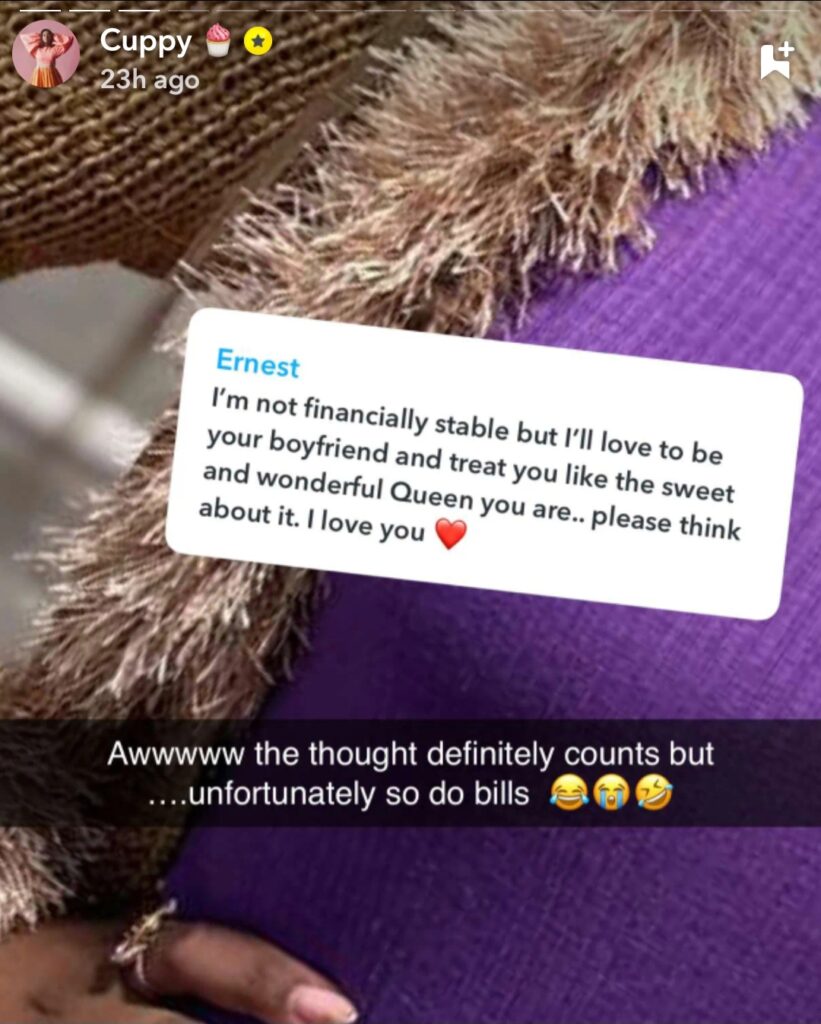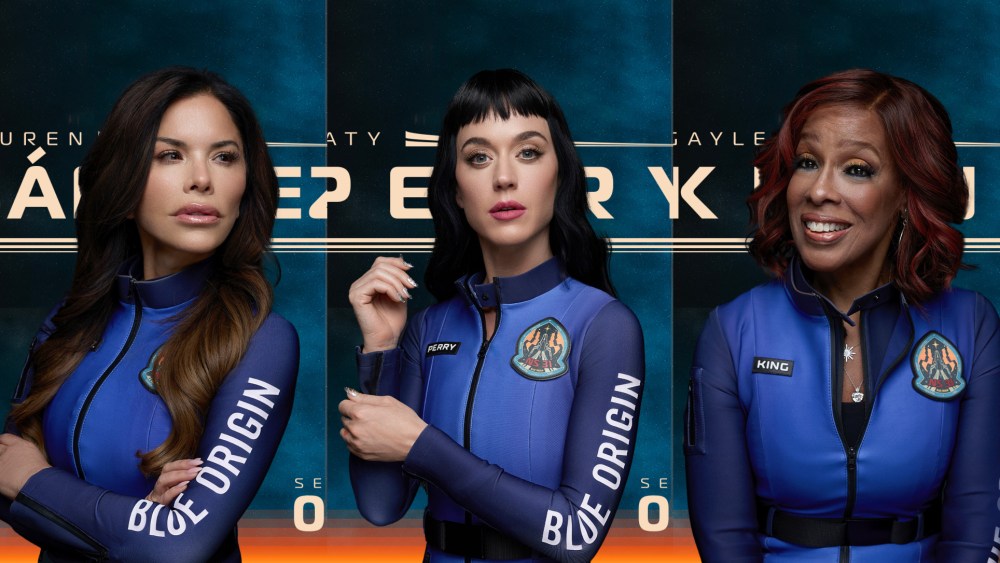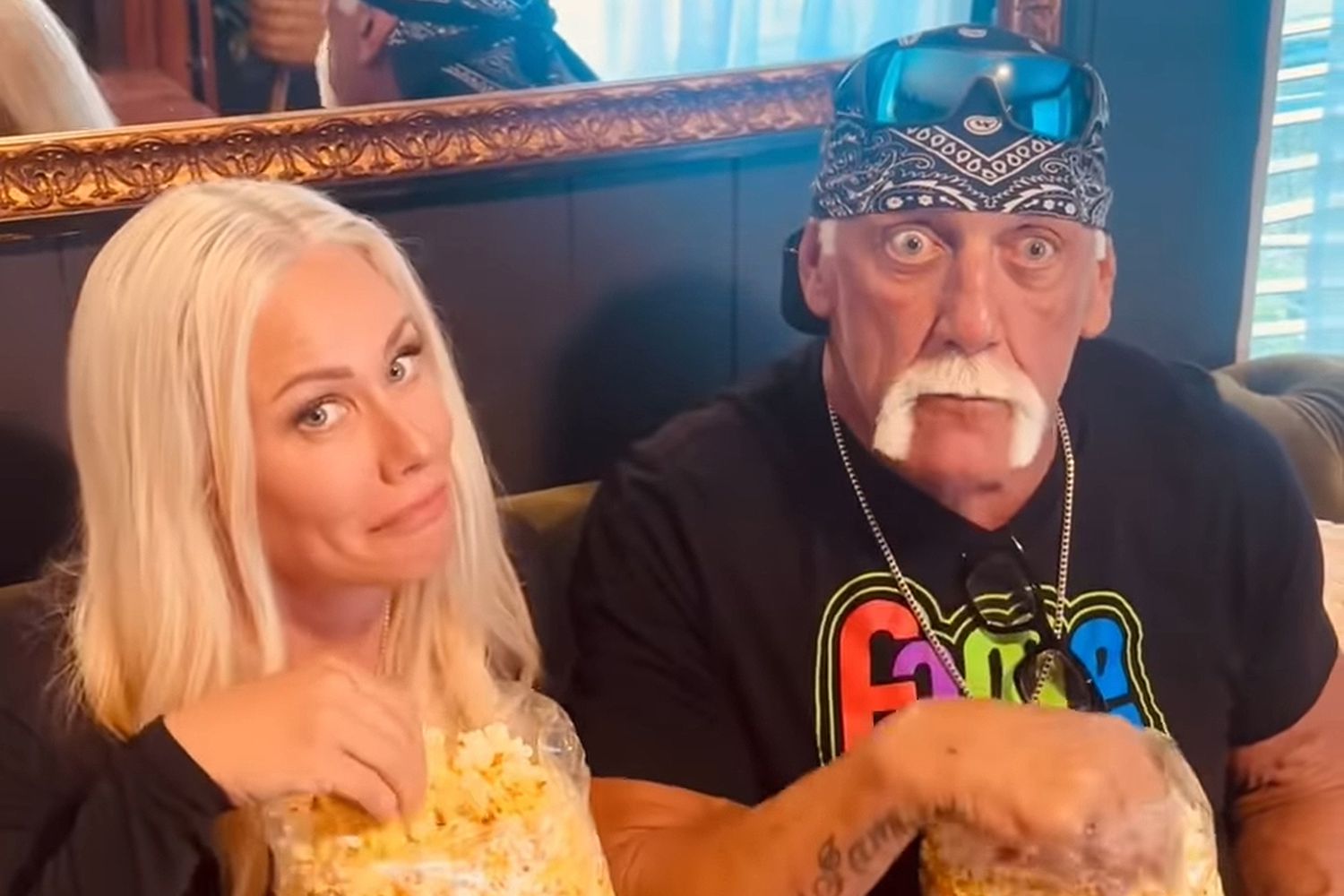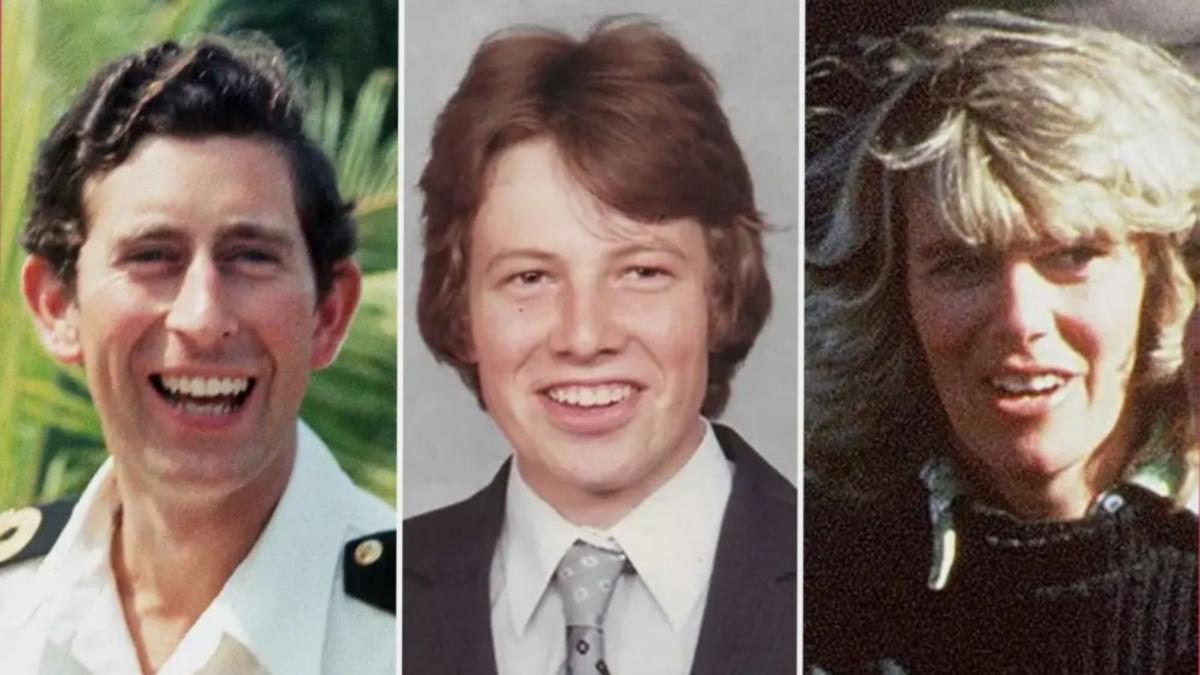Now Reading: Katy Perry Responds to Viral JonBenét Ramsey Conspiracy—Her Reply Sparks Outrage
-
01
Katy Perry Responds to Viral JonBenét Ramsey Conspiracy—Her Reply Sparks Outrage
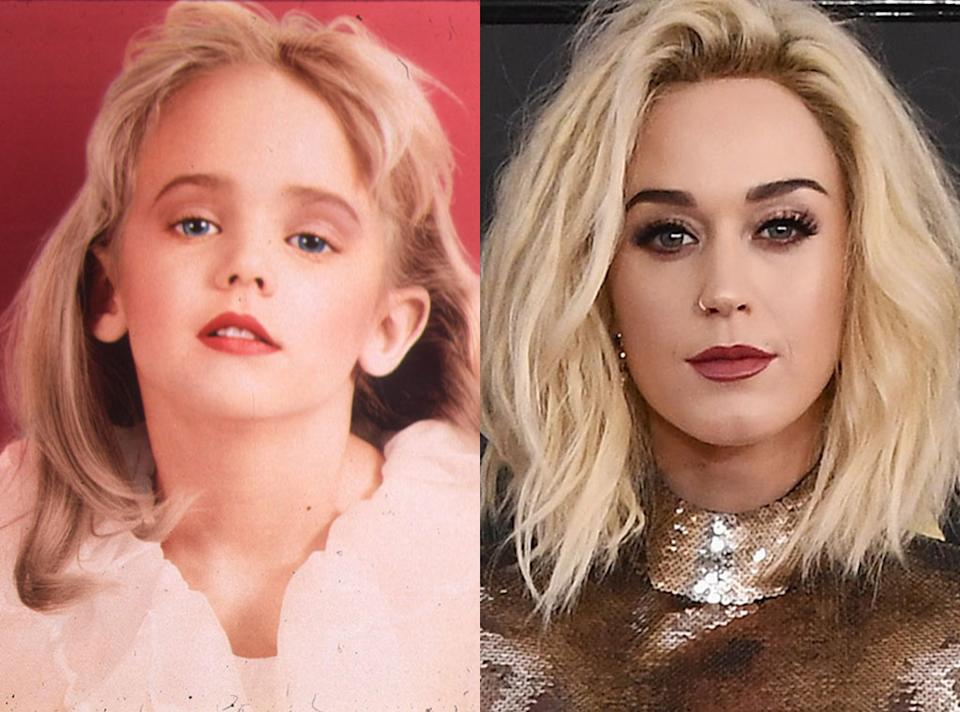
Katy Perry Responds to Viral JonBenét Ramsey Conspiracy—Her Reply Sparks Outrage
Katy Perry’s Three-Word Response to JonBenét Ramsey Conspiracy Sets Internet Ablaze
The internet’s obsession with bizarre celebrity conspiracies has reached a disturbing new peak. A resurfaced theory claiming pop superstar Katy Perry is actually murdered child beauty queen JonBenét Ramsey has gone viral again—and this time, Perry herself has weighed in with a response that’s dividing fans and critics alike.
The ‘Teenage Dream’ singer sparked controversy when she commented on an AI-generated video morphing JonBenét’s childhood photo into her adult face. Her three-word reply—”Wait, am I?”—has ignited a firestorm of reactions, with many accusing the star of making light of a child’s tragic murder.
How This Dark Conspiracy Resurfaced
The macabre theory made its way back into the spotlight after a social media user shared an AI-generated video morphing a photo of six-year-old JonBenét into an image of 40-year-old Perry. The post was cryptically captioned “Wake up ppl” alongside “iykyk” (if you know, you know) and featured Perry’s 2012 track ‘Wide Awake’ as its soundtrack.
What might seem like an obviously outlandish claim to most has somehow gained traction in certain corners of the internet. The video quickly accumulated thousands of views, comments, and shares—demonstrating the alarming speed at which even the most far-fetched conspiracies can spread in today’s digital landscape.

Perry’s Controversial Response Divides Fans
Rather than ignore the conspiracy or firmly denounce it, Perry chose to engage with the post by commenting: “Wait, am I?” Her seemingly playful response garnered over 5,000 likes and sparked wildly different reactions from followers.
Some fans praised Perry for her humor, with comments calling her response “amazing” and declaring “this is my Roman Empire.” Others jokingly proclaimed “Omg mystery solved,” treating the entire exchange as harmless entertainment.
However, the backlash was swift and severe from those who found nothing amusing about joking over a murdered child’s identity. “No please don’t joke like this. The little girl was murdered and her family destroyed,” wrote one distressed user. Another didn’t mince words: “This is psychotic, Katy. Someone’s child died.”
The Origins of a Bizarre Internet Theory
The conspiracy didn’t emerge overnight. It traces back to 2014 when a now-deleted YouTube video titled “‘JonBenét Ramsey’ is singer ‘Katy Perry'” first proposed the outlandish claim. The video suggested that JonBenét’s parents, John and Patsy Ramsey, somehow staged their daughter’s death as part of an elaborate scheme to transform her into a future pop sensation.
Conspiracy theorists have long pointed to supposed facial similarities between the two—particularly in their eyebrows, nose, and jawline structures. The recent AI-morphing technology has only added fuel to these unfounded comparisons, creating visually convincing but factually baseless transitions between their faces.

Believers in this theory have even twisted Perry’s own words to support their claims. In a 2011 Vanity Fair interview, Perry stated: “Not that I was one of those stage kids. There was no JonBenét Ramsey inside of me waiting to burst out.” While clearly meant as a denial of being a child performer, conspiracy theorists have reinterpreted this statement as some sort of coded confession.
The Inescapable Facts That Debunk the Theory
Despite the theory’s persistent circulation online, the facts categorically disprove any connection between Perry and Ramsey. The most obvious evidence? Their birthdates. Katy Perry (born Katheryn Elizabeth Hudson) was born in 1984, making her 40 years old today. JonBenét Ramsey was born in 1990—six years after Perry—and would be only 34 if she were alive now.
Even more definitively, JonBenét’s body was discovered in her family’s Colorado home basement on December 26, 1996, following her murder the previous night. The case remains one of America’s most notorious unsolved crimes, with physical evidence including autopsy findings that confirmed her tragic death.
By the time of JonBenét’s murder, Katy Perry was already a 12-year-old girl living an entirely documented life in California—making the conspiracy timeline impossible by any logical measure.

A Family’s Ongoing Fight for Justice
Lost in all the bizarre conspiracy noise is the fact that JonBenét’s family continues to seek justice nearly three decades after her murder. John Ramsey, JonBenét’s father, recently made headlines when he publicly urged authorities to retest all evidence from the 1996 crime scene using modern DNA technology.
“DNA technology has advanced dramatically since the last round of testing was done in the mid-2000s,” Ramsey told the Daily Mail, even offering to finance the testing himself. “If it doesn’t work then I’ll praise the police for trying everything they could […] but, to me, it’s just so obvious where the police’s time needs to be spent.”
Unidentified male DNA has been recovered from multiple locations on JonBenét’s body, including under her fingernails and in her underwear. These genetic samples have never matched any known suspect but could potentially be identified using advanced genealogical techniques similar to those that have helped solve other cold cases in recent years.
After meeting with Boulder’s new police chief, Ramsey expressed cautious optimism to NBC News: “I’m just very impressed with the caliber of the leadership now and that gave me great hope.”
The Real Impact of Celebrity Conspiracy Theories
While some might view the Katy Perry-JonBenét Ramsey conspiracy as merely internet absurdity, it highlights something more troubling about our digital culture. Real tragedies becoming fodder for entertainment and viral content can cause genuine harm to those still grieving these losses.
For the Ramsey family, each resurgence of these theories forces them to confront their daughter’s murder in increasingly bizarre and disrespectful contexts. What some treat as a harmless internet rabbit hole represents profound disrespect toward a family that has endured decades of speculation, accusations, and media scrutiny.
Whether Perry’s comment was intended as harmless humor or a misguided attempt to engage with viral content, it unintentionally validates a conspiracy that trivializes a child’s murder—something many critics found impossible to overlook.
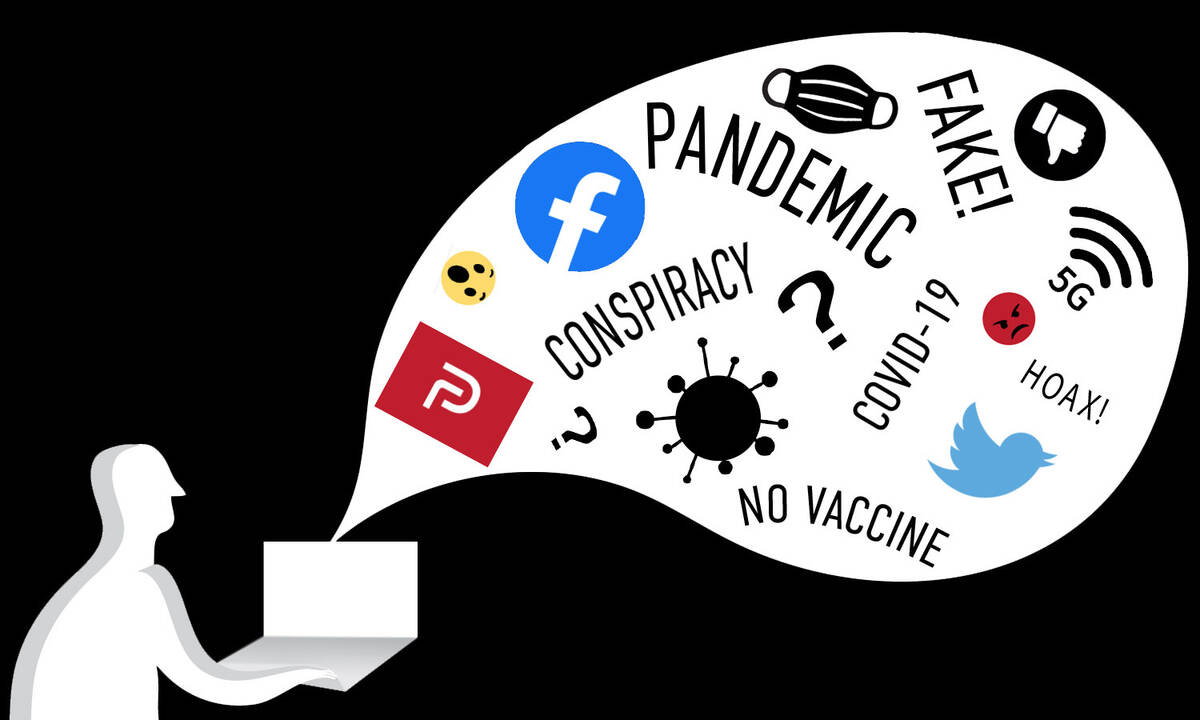
The persistence of this conspiracy theory, despite overwhelming evidence disproving it, serves as a stark reminder of how easily misinformation spreads online—and how celebrity involvement, even in jest, can amplify harmful narratives rather than dispel them.
Meanwhile, as social media buzzes with AI-generated comparisons and celebrity comments, a family continues to seek real answers about what happened to their daughter on that Christmas night in 1996—a tragedy that deserves respect, not repackaging as viral entertainment.


